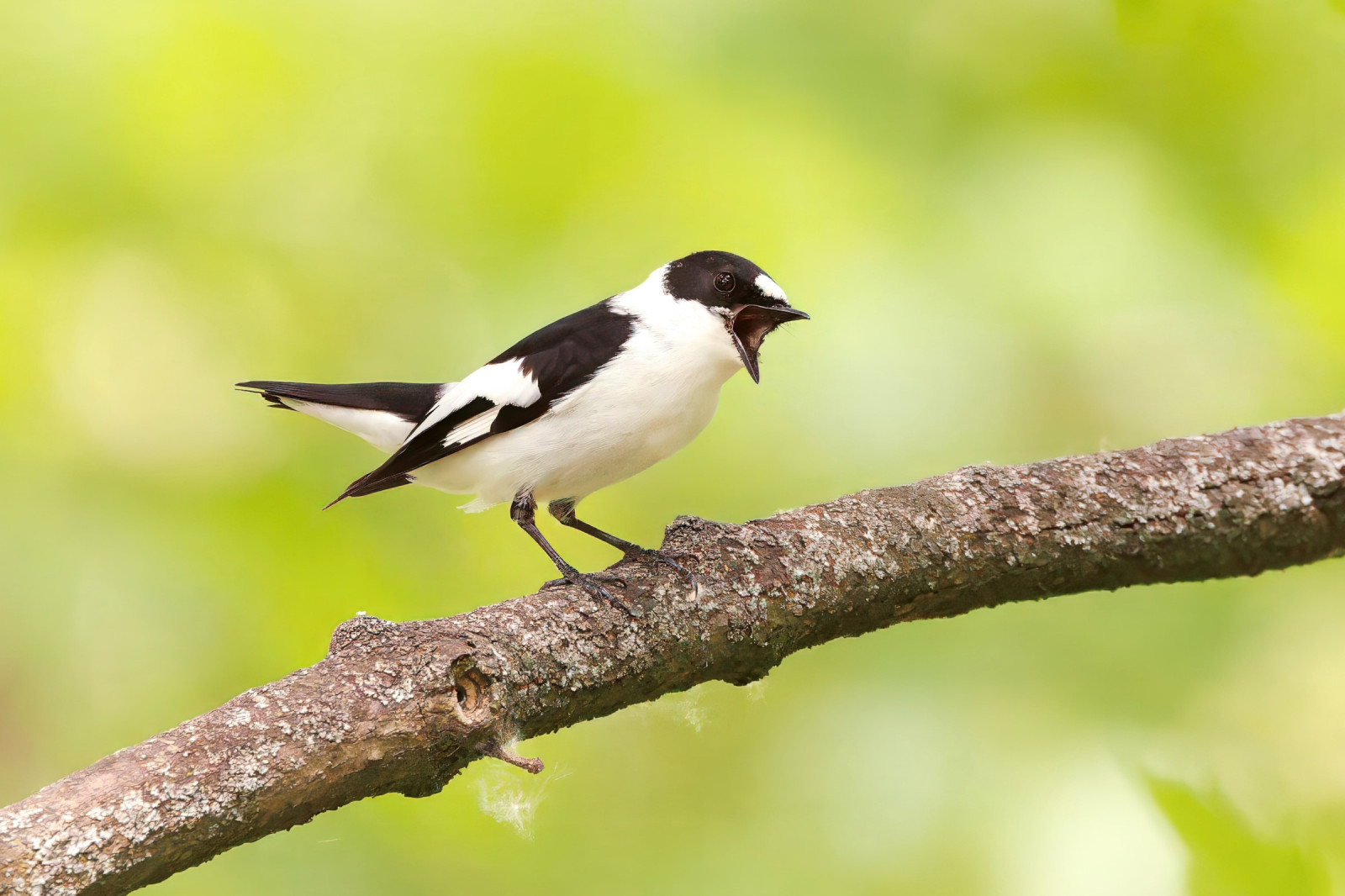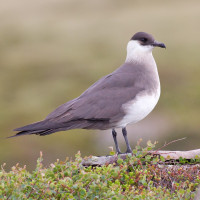Description
No less than 244 bird species have been recorded on the islands of Stockskär and Häradskär. In March the migration of kajka morská starts. Thousands of of them can bee seen migrating past the island if the weather is okay. At the same time the first kulík piesočný, kazarka pestrá, lastúrničiar strakatý and ľabtuška skalná can be seen in smaller numbers. You can also see smaller amounts of migrating marine ducks and loons, but only in small numbers. At this time the first auks also arrive.
In April the spring birds continue to arrive. The migration of marine ducks continues, and sometimes hundreds of chochlačka morská might be seen migrating. Sometimes a couple of potápka chochlatá, potápka ušatá and potápka červenokrká can be seen resting or passing. The first terns also arrive in april.
In May large number passerine birds arrive. Hundreds of warblers can bee seen resting on the island on their way north. Some birds who are numerous during this season are žltochvost hôrny (as many as 50 have been seen in a day), penica popolavá (as many as 750 have been seen in a day), penica obyčajná (as many as 50 have been seen in a day), kolibiarik spevavý (up to 500 have been seen in a day), penica čiernohlavá (as many as 150 have been seen in a day), kolibiarik spevavý (as many as 500 have been seen in a day), kolibiarik čipčavý (as many as 40 have been seen in a day), kolibiarik sykavý (as many as 75 have been seen in a day). Most passerine birds are seen around the 10th of May. Along with theese birds you can find many rare ones like slávik modrák (relativley common) muchárik bielokrký (possible if the conditions are right), muchárik malý (seen almost every year) žľtochvost domový (seen every year), myšiarka močiarna (seen almost every year) drozd kolohrivec (seen some years), krivonos bielokrídly (some years) strnádka malá (seen only some years). In May large amounts terns also pass the islands, sometimes in the hundreds.
After May has passed it is not until September that the islands start to become rich in birds. The migration starts with passing potápka červenokrká. A few passerine birds also rest on the island on their way south. Like svrčiak zelenkavý (rare). It is in the middle of September that the waterfowl starts to migrate south which continues all the way into September. Starting with marine ducks and dabbling ducks. Most common are the turpan čierny (as many as 4400 have been seen migrating in a day), turpan tmavý (as many as 3400 have been seen migrating in a day), potápač prostredný (as many as 770 have been seen migrating in a day), kačica hvizdárka (as many as 3600 have been seen migrating in a day) who can be seen in the thousands migrating. Later in the season bernikľa tmavá starts to migrate south often in the thousands.
In October/late September the large amounts of passerine birds return, this time with hundreds of králik zlatohlavý (at most 600), červienka obyčajná (at most 300), oriešok obyčajný (at most 400), kôrovník dlhoprstý (at most 120), stehlík čečetka (at most 800), drozd plavý (at most 500). In autumn ringing is carried out at Häradsskär. Along with these birds it is not rare to find a rare warbler or pipit like kolibiarik žltkastotemenný (almost every year), kolibiarik čipčavý (the siberan subspecies tristis is regular at the island), kolibiarik králikovitý (in total 10 of this vagrant have been seen on the island). The islands are quite attractive to many birds and the place has a quite long list of vagrants. This island also has the only 2 records of svrčiak pásikavý in Sweden. In no other place has this bird been seen, but here its been seen twice.
Details
Access
The boats to Häradskär start from Fyrudden harbour. Getting to Häradskär with a ferry costs from 400 SEK per person (evening trip to Häradskär with Skärgårdskompaniet, see the link below for more info). Taxi boats are more expensive, but you can choose when you want to go.
Terrain and Habitat
Forest , Scattered trees and bushes , SeaConditions
HillyCircular trail
NoIs a telescope useful?
Can be usefulGood birding season
Spring , SummerBest time to visit
Autumn migration , Autumn , Spring migration , SpringRoute
Wide pathDifficulty walking trail
Average walkAccessible by
BoatBirdwatching hide / platform
NoExtra info
The ringing of birds is carried out in autumn.



